Resources
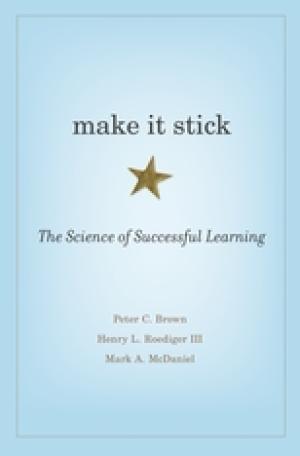
To most of us, learning something “the hard way” implies wasted time and effort. Good teaching, we believe, should be creatively tailored to the different learning styles of students and should use strategies that make learning easier. Make It Stick turns fashionable ideas like these on their head. Drawing on recent discoveries in cognitive psychology and other disciplines, the authors offer concrete techniques for becoming more productive learners. Memory plays a central role in our ability to carry out complex cognitive tasks, such as applying knowledge to problems never before encountered and drawing inferences from facts already known. New insights into how memory is encoded consolidated, and later retrieved have led to a better understanding of how we learn. Grappling with the impediments that make learning challenging leads both to more complex mastery and better retention of what was learned. Many common study habits and practice routines turn out to be counterproductive. Underlining and highlighting, rereading, cramming, and single-minded repetition of new skills create the illusion of mastery, but gains fade quickly. More complex and durable learning come from self-testing, introducing certain difficulties in practice, waiting to re-study new material until a little forgetting has set in, and interleaving the practice of one skill or topic with another. Speaking most urgently to students, teachers, trainers, and athletes, Make It Stick will appeal to all those interested in the challenge of lifelong learning and self-improvement. (From the Publisher)
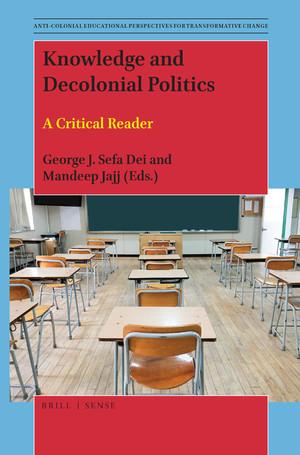
Click Here for Book Review Knowledge and Decolonial Politics: A Critical Reader offers the perspectives of educators and learners within current developmental settings, highlighting the systemic barriers faced whilst trying to implement decolonial pedagogies and practices. In the hope to challenge the dominance of Western Eurocentric thought in education and international development, the authors of this book offer counter narratives to promote the use of embodied cultural knowledges and histories, along with Indigenous perspectives, in order to subvert Western knowledge systems which are inherently colonial in nature. Changing education as we know it today requires creating spaces in which multiple knowledges can co-exist and benefit from one another. These spaces will ensure the continuity of decolonial practices and shape the intellectual politics of future generations. (From the Publisher)
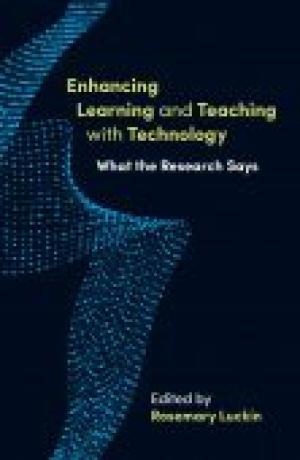
Click Here for Book Review The educational technology sector is growing fast, with schools, colleges and universities more than ever looking for the best ways to use technology in the classroom. At the same time, there is an increasing appetite for learning and teaching practices to be backed up by evidence. However, there are few resources that bring these two things together. Enhancing Learning and Teaching with Technology brings together researchers, technologists and educators to discuss how technology can be designed and used for learning and teaching to best effect. It addresses what the research says about: - how and why learning happens and how different technologies can enhance it; - engaging a variety of learners through technology and helping them benefit from it; - and how technology can support teaching. The book is an accessible introduction to learning and teaching with technology for teachers and other educational professionals, regardless of their experience with using technology for education. (From the Publisher)

Click Here for Book Review A qualitatively designed, intentionally dialogic strategy for understanding the depth of normalized violence and constructing pedagogies for promoting peace. - Ryan Korstange, Middle Tennessee State University Pedagogies for Building Cultures of Peace explores how normalizations of violence are constructed from the perspective of young adults and how pedagogies can be created toward building cultures of peace. Findings show the diverse ways in which enmity (or the dehumanized other) is constructed, including through socialization processes, associating difference as deficient, systems of exclusion, disengaged citizenship, and cultures of competition and rivalry. Results also show how critical adult education can reveal hidden forms of power embedded within normalizations of violence, creating opportunities for peacebuilding education. By collaboratively engaging in peace research with youth, and by explicitly exploring power as a central component of violence, violence transformation and peacebuilding education led by youth become imaginable. (From the Publisher)
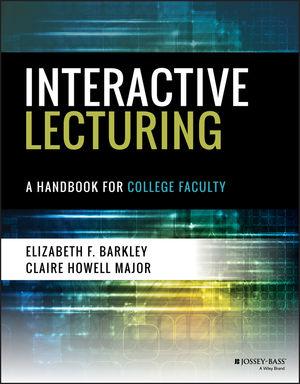
Click Here for Book Review Have you ever looked out across your students only to find them staring at their computers or smartphones rather than listening attentively to you? Have you ever wondered what you could do to encourage students to resist distractions and focus on the information you are presenting? Have you ever wished you could help students become active learners as they listen to you lecture? Interactive Lecturing is designed to help faculty members more effectively lecture. This practical resource addresses such pertinent questions as, “How can lecture presentations be more engaging?” “How can we help students learn actively during lecture instead of just sitting and passively listening the entire time?” Renowned authors Elizabeth F. Barkley and Claire H. Major provide practical tips on creating and delivering engaging lectures as well as concrete techniques to help teachers ensure students are active and fully engaged participants in the learning process before, during, and after lecture presentations. Research shows that most college faculty still rely predominantly on traditional lectures as their preferred teaching technique. However, research also underscores the fact that more students fail lecture-based courses than classes with active learning components. Interactive Lecturing combines engaging presentation tips with active learning techniques specifically chosen to help students learn as they listen to a lecture. It is a proven teaching and learning strategy that can be readily incorporated into every teacher’s methods. In addition to providing a synthesis of relevant, contemporary research and theory on lecturing as it relates to teaching and learning, this book features 53 tips on how to deliver engaging presentations and 32 techniques you can assign students to do to support their learning during your lecture. The tips and techniques can be used across instructional methods and academic disciplines both onsite (including small lectures and large lecture halls) as well as in online courses. This book is a focused, up-to-date resource that draws on collective wisdom from scholarship and practice. It will become a well-used and welcome addition for everyone dedicated to effective teaching in higher education. (From the Publisher)
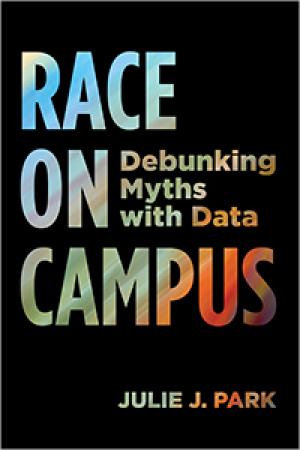
Click Here for Book Review In Race on Campus, Julie J. Park argues that there are surprisingly pervasive and stubborn myths about diversity on college and university campuses, and that these myths obscure the notable significance and admirable effects that diversity has had on campus life. Based on her analysis of extensive research and data about contemporary students and campuses, Park counters these myths and explores their problematic origins. Among the major myths that she addresses are charges of pervasive self-segregation, arguments that affirmative action in college admissions has run its course and become counterproductive, related arguments that Asian Americans are poorly served by affirmative action policies, and suggestions that programs and policies meant to promote diversity have failed to address class-based disadvantages. In the course of responding to these myths, Park presents a far more positive and nuanced portrait of diversity and its place on American college campuses. At a time when diversity has become a central theme and goal of colleges and universities throughout the United States, Race on Campus offers a contemporary, research-based exploration of racial dynamics on today’s college campuses. (From the Publisher)
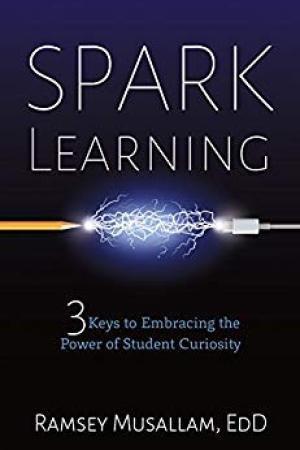
In 2008, Ramsey Musallam was stuck in what he describes as an ineffective rut of "pseudoteaching." Students liked him, but they didn't get the point of his lessons. They did well enough on the tests, but they failed to really understand the material. He wanted more--for them and for himself. Maybe you can relate. For Ramsey, the journey to a better way of teaching began not in the classroom, but on the operating table where he underwent a new, lifesaving heart surgery. His surgeon's confidence, dedication, and curiosity sparked an idea in Ramsey: What if teachers adopted the qualities his surgeon exhibited and were inquisitive, ready to explore, discover, try, and, yes, even fail? What if students could learn to adopt those traits as well? Those questions launched a quest to inspire inquiry and harness its benefits. (From the Publisher)
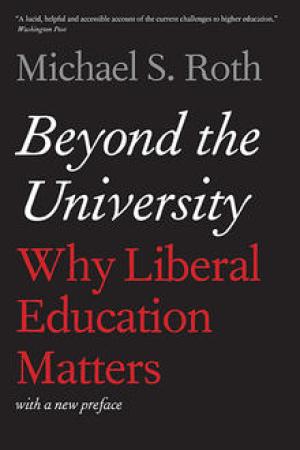
Contentious debates over the benefits—or drawbacks—of a liberal education are as old as America itself. From Benjamin Franklin to the Internet pundits, critics of higher education have attacked its irrelevance and elitism—often calling for more vocational instruction. Thomas Jefferson, by contrast, believed that nurturing a student’s capacity for lifelong learning was useful for science and commerce while also being essential for democracy. In this provocative contribution to the disputes, university president Michael S. Roth focuses on important moments and seminal thinkers in America’s long-running argument over vocational vs. liberal education. Conflicting streams of thought flow through American intellectual history: W. E. B. DuBois’s humanistic principles of pedagogy for newly emancipated slaves developed in opposition to Booker T. Washington’s educational utilitarianism, for example. Jane Addams’s emphasis on the cultivation of empathy and John Dewey’s calls for education as civic engagement were rejected as impractical by those who aimed to train students for particular economic tasks. Roth explores these arguments (and more), considers the state of higher education today, and concludes with a stirring plea for the kind of education that has, since the founding of the nation, cultivated individual freedom, promulgated civic virtue, and instilled hope for the future. (From the Publisher)

Click Here for Book Review Toxic Ivory Towers seeks to document the professional work experiences of underrepresented minority (URM) faculty in U.S. higher education, and simultaneously address the social and economic inequalities in their life course trajectory. Ruth Enid Zambrana finds that despite the changing demographics of the nation, the percentages of Black and Hispanic faculty have increased only slightly, while the percentages obtaining tenure and earning promotion to full professor have remained relatively stagnant. Toxic Ivory Towers is the first book to take a look at the institutional factors impacting the ability of URM faculty to be successful at their jobs, and to flourish in academia. The book captures not only how various dimensions of identity inequality are expressed in the academy and how these social statuses influence the health and well-being of URM faculty, but also how institutional policies and practices can be used to transform the culture of an institution to increase rates of retention and promotion so URM faculty can thrive. (From the Publisher)
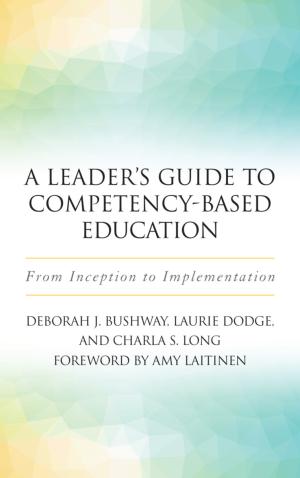
Click Here for Book Review As interest in competency-based education (CBE) continues to grow by leaps and bounds, the need for a practical resource to guide development of high-quality CBE programs led the authors to write this book. Until now, there has been no how-to manual that captures in one place a big picture view of CBE along with the down-to-earth means for building a CBE program. A variety of pressures are driving the growth in CBE, including the need for alternatives to the current model of higher education (with its dismal completion rates); the potential to better manage the iron triangle of costs, access, and quality; the need for graduates to be better prepared for the workforce; and the demands of adult learners for programs with the flexible time and personalized learning that CBE offers. Designed to help institutional leaders become more competent in designing, building, and scaling high-quality competency-based education (CBE) programs, this book provides context, guidelines, and process. The process is based on ten design elements that emerged from research funded by the Gates Foundation, and sponsored by AAC&U, ACE, EDUCAUSE, and the Competency-Based Education Network (C-BEN), with thought partners CAEL and Quality Matters. In short, the book will serve administrators, higher education leaders, faculty, staff, and others who have an interest in CBE by: • Giving context to enable the audience to discover the importance of each design element and to help frame the CBE program (the “why”); • Providing models, checklists, and considerations to determine the “what” component for each design element; • Sharing outlines and templates for the design elements to enable institutions to build quality, relevant, and rigorous CBE programs (the “how”). (From the Publisher)